Sexual violence
Sexual assault
Sexual assault is any sexual act, or attempt to perform a sexual act—whether physical or verbal—that occurs in violation of a person’s free will and without their explicit consent.
There are different forms of sexual assault:
- Offensive sexual comments
- Photographing or exposing intimate parts
- Any forced sexual contact – including touch in non-intimate areas
- Penetration of the victim’s body – rape
- Sexual act through manipulation or lack of awareness on the part of the victim
- Sexual contact, even if consensual, with a minor under age 14 or with someone unconscious
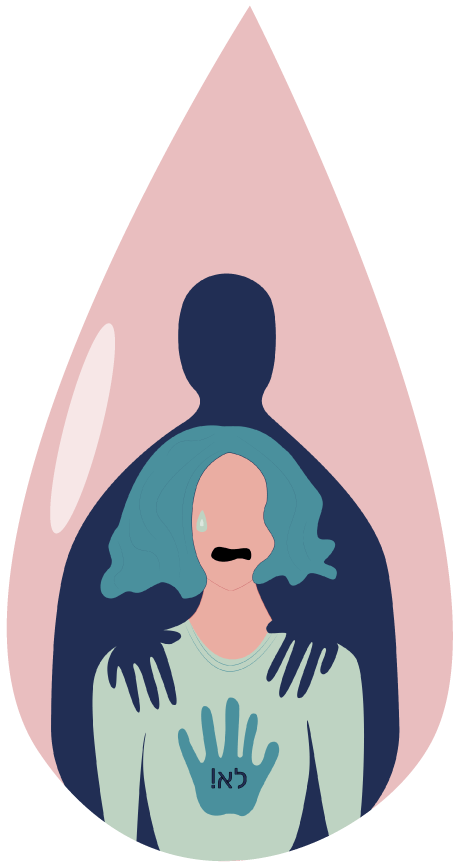
The use of force
Sexual assault is done in violation of the victim’s will. Use of force means not only physical force. Many attackers know their victim and may use emotional manipulation, psychological pressure, or other means intended to override the victim’s ability to resist. There are attackers who use threats to force the victim to cooperate, for example: threats of harm to the victim or their family, or other fear tactics. Even dependency relationships (in workplaces, schools, etc.) may be considered sexual violence.
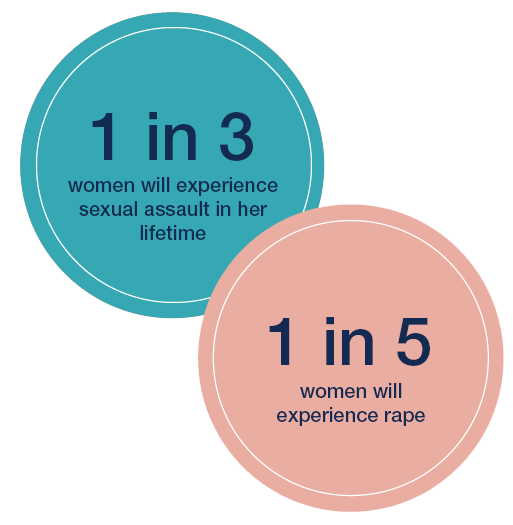
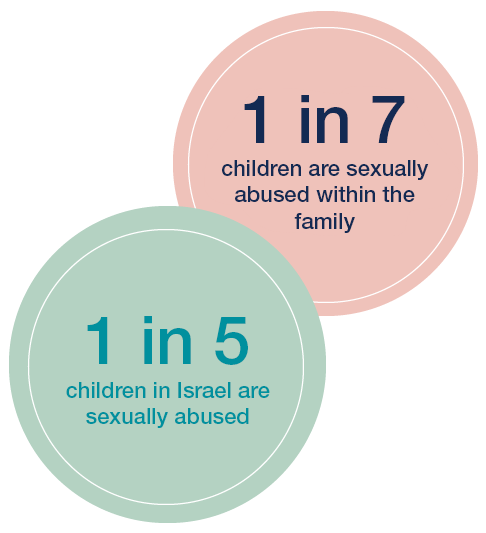
Sexual Abuse of Children
Sexual abuse of children is, in most cases, perpetrated by someone the child knows and trusts. Children who have experienced sexual abuse may show signs of:
- Avoiding eye contact or fear when asked to perform tasks
- Sleep disturbances
- Eating disorders
- Memory problems
- Anxiety
- Development of post-traumatic stress disorder (PTSD)
The closer the time between the abuse and the start of treatment, the better the chances of recovery. Therefore, early intervention following abuse is crucial. It is very important to make the initial therapeutic contact as soon as possible after the abuse is disclosed.
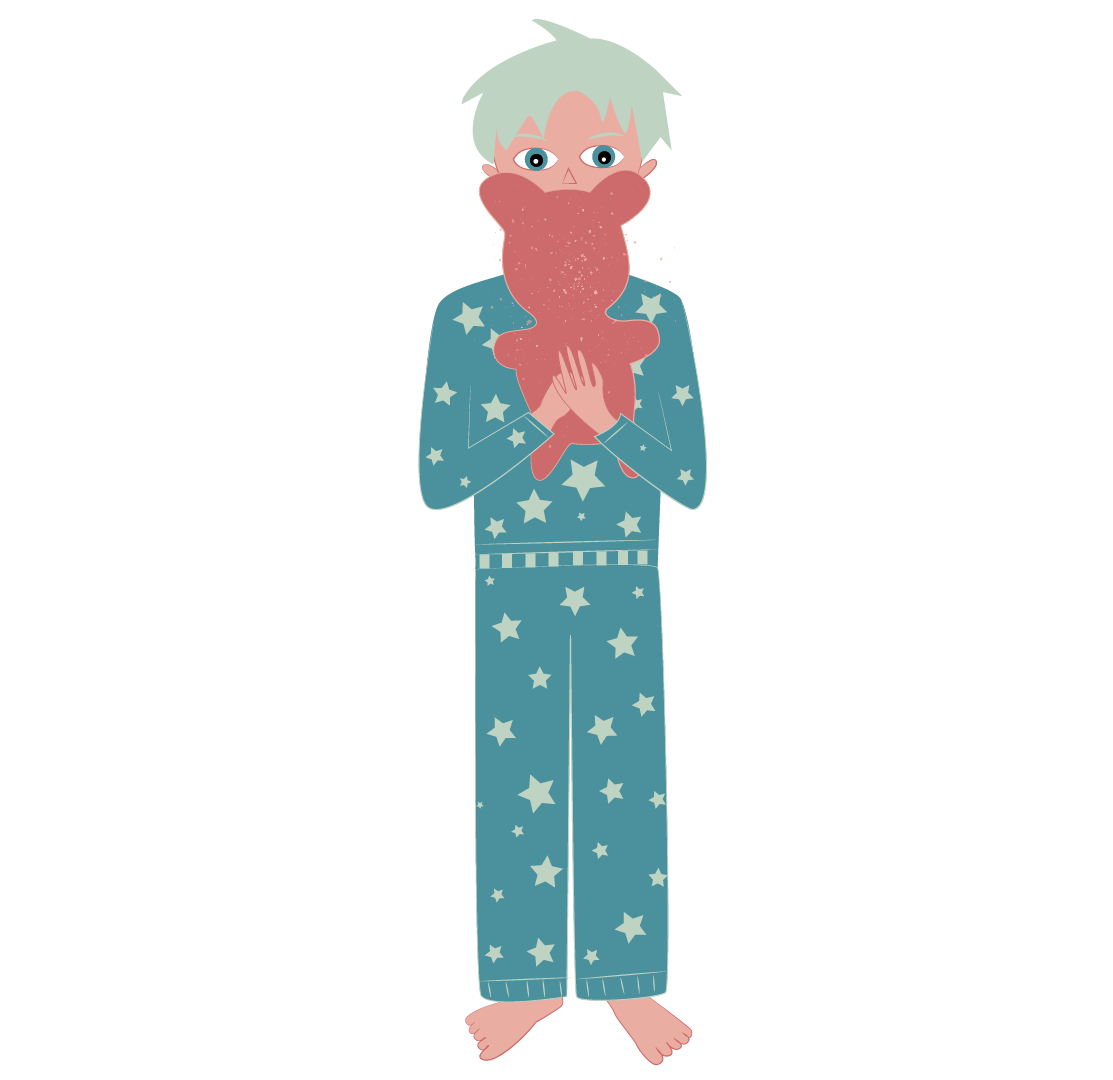
The Impossible Hardship of Disclosure
Victims of sexual abuse often find it difficult to talk about the abuse—especially when the perpetrator is a family member. There is often a close relationship between the survivor and the abuser, and survivors often fear the repercussions of disclosing the abuse and the reaction of the rest of the family.
- Sometimes, survivors attempt to tell someone, but their experience is ignored or the abuse is minimized.
- Sometimes they are told by the abuser that what happened between them is “normal” or “common in other families”.
- In other cases, survivors are prevented from speaking out due to direct threats from the abuser.
The attacker is a family member.
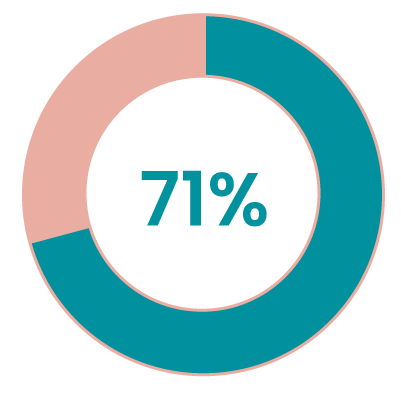
If you experienced sexual abuse
by a family member, it’s not your fault!
We are here for you.
Who else might sexually assault children?
Most abusers know the children they harm. They may be familiar figures outside the family, such as someone in a position of trust—like a teacher, counselor, a friend of the parents, a neighbor, or even peers who are friends of the child or teenagers the child knows from their environment.
Warning signs and red flags
Sometimes it’s hard to know if children have experienced sexual abuse. There are various signs that may indicate possible abuse.
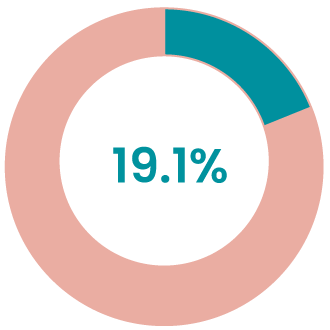
In 19.1% of the cases the abuser is a friend, acquaintance, or neighbor.
Emotional symptoms that may indicate sexual abuse:
- Violent behavior
- Withdrawal and avoidance
- Fears and anxiety
- Problems at school
- Self-harm
- Low self-esteem
- Panic attacks
Physical symptoms that may indicate sexual abuse:
- Eating disorders
- Sleep disturbances
- Anxieties
- Bedwetting, especially in children
- Recurrent infections in intimate areas
- Appearance of signs of bruising or swelling in intimate areas
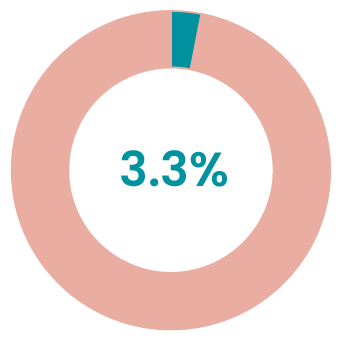
3.3% of the cases the attacker is an educator.



